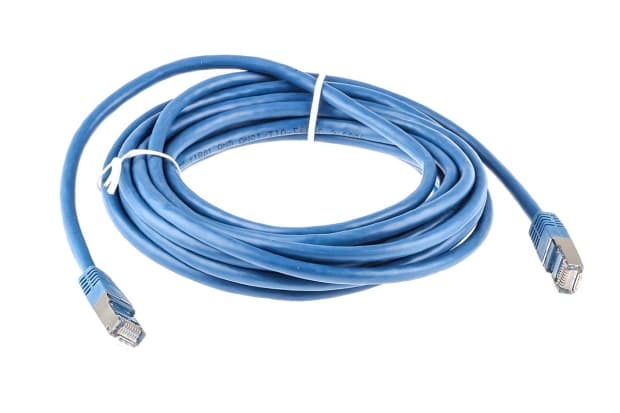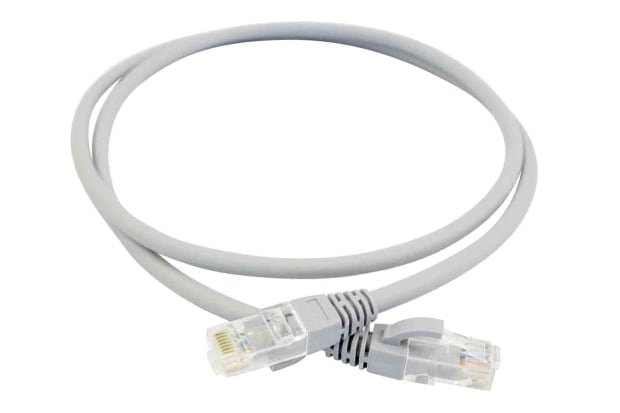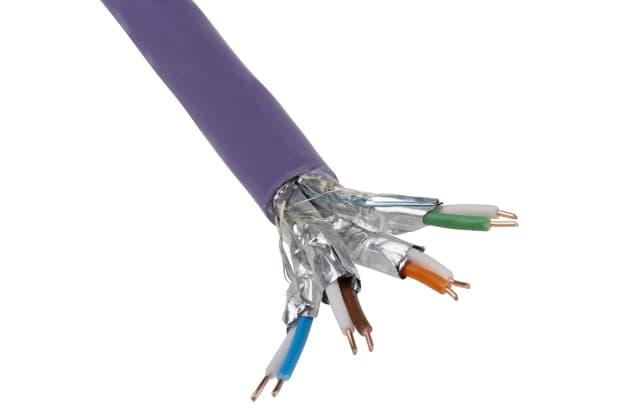- Published 17 Jan 2023
- Last Modified 29 Aug 2023
- 5 min
Cat6 Cable Guide
Discover the uses of Cat6 cable and the answers to many more questions in this comprehensive guide.

What is a Cat6 Cable?
Category 6 cable, also commonly known as network, LAN or Ethernet data cable, is a 4 twisted pair sheathed copper wire cable that can support data transfer rates of up to 1 gigabits (1,000 megabits). This higher bandwidth allows for quick transferral of large files in an office network.
It is compatible with fast Ethernet 10BASE-T, 100BASE-TX and Gigabit networks, and is backwards compatible with previous iterations, such as Cat5/5E and Cat3.
Either end usually has an eight-position eight connector (8P8C) RJ45 jack which is used to connect two devices together with the Cat6 cable. It’s important to use jacks that meet the Cat6 rating in order to get the full performance it delivers.
As with all Ethernet cables, it can be identified by the labelling on the outer sheath.
What are Cat6 Cables Used for?

In most cases, Cat6 cable is used for connecting a computer to another device like a hub, router or switch in order to allow the sharing of files across a network or for accessing the Internet.
It can also be used for connecting computers to other devices together such as printers or scanners, or for incoming and outgoing LAN connections on patch panels.
Cat6 Types, Frequency and Distance Usage
There are two types of category 6 cable:
Cat6 Type | Frequency | Maximum Distance Usage |
|---|---|---|
Standard Cat6 Cable | 250MHz | 55m unshielded for 10GBASE-T |
Cat6a Ethernet Cable (also known as augmented Cat6) | 500MHz | 100m on 10GBASE-T |
What is the Difference Between Shielded Twisted Pair and Unshielded Twisted Pair?
Depending on where you are installing your Cat6 cable, in a factory instead of an office building, you may have large amounts of electromagnetic interference (EMI). EMI can be caused by certain types of lighting, air conditioning, printers, motors and generators.
Cat6 cable uses twisted pair cable as standard to minimise the amount of crosstalk to reduce the noise created by electrical interference. Two types of twisted pair cable are available - shielded twisted pair (STP) and unshielded twisted pair (UTP).
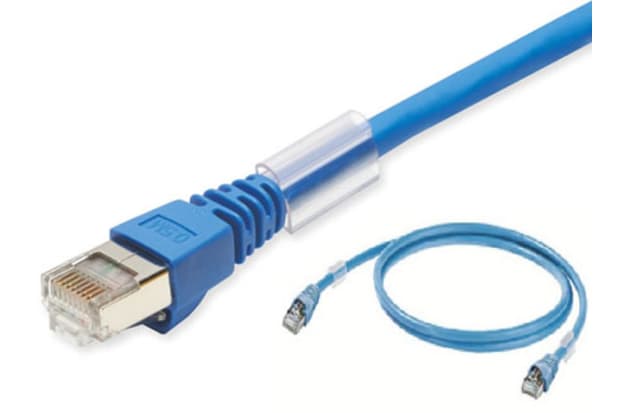
Shielded Twisted Pair (STP) Cat6 Cable
Standard twisted pair cable might not be enough for some environments, and shielded twisted pair (STP) Cat6 cable needs to be used in order to combat this.
This shielding usually comes in the form of a foil shield wrapped around the twisted pairs, which is in turn wrapped by a PVC or low smoke zero halogen (LSZH) sheath.
Largely, STP is more expensive and is stiffer, making it harder to install. Any jacks and couplers used also need to be shielded, further increasing the cost.
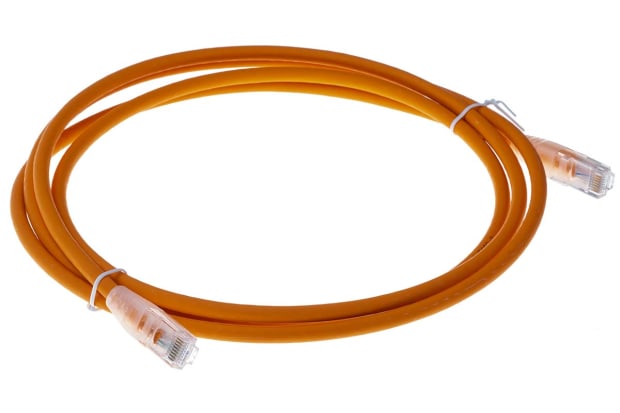
Unshielded Twisted Pair (UTP) Cable
Conversely, unshielded twisted pair cable (UTP) Cat6 cable is basically your standard cable, without this foil shielding. It does reduce some EMI on its own but doesn’t effectively block interference as well as STP.
What is the Difference Between Cat6 and Cat5/5e Cable?
Essentially it comes down to quality, speed and price.
A network will always run at the speed of the slowest device or component, so mixing the two will cause the entire network to run at the speed of the one with the lowest specification.
Cat5 is obsolete and has been replaced by Cat5e. Good quality Cat5e (the “e” stands for enhanced) cable can run at near, or at, gigabit speeds, whilst Cat6 is specifically certified for 1-gigabit operation, therefore offering increased speed over Cat5. Cat6 can perform up to 250MHz whilst Cat5e can only operate up to 100MHz. Cat5e is more economical, has almost comparable speeds and comes in many colours to match the environments they're placed into.
If you are looking to buy Cat6 cable, it is better in comparison, but you will pay more for it, and the increases it delivers are marginal in perception. It's all about making the right choice for the right environment.
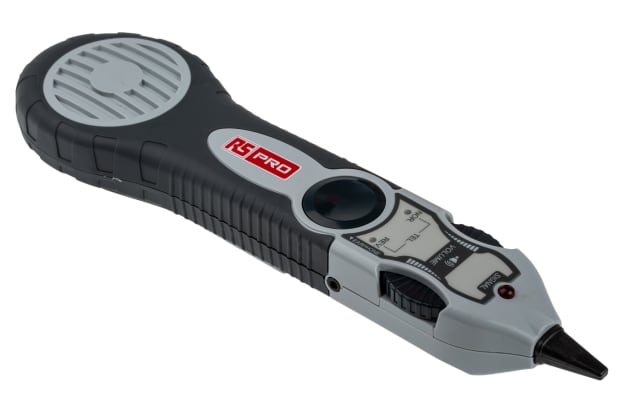
What is a Cat6 Cable Tester?
Cat6 cable testers are an essential tool for quickly testing and troubleshooting the integrity of Ethernet cables.
They can test multiple cable types, verifying if cables are correctly or incorrectly connected. They generally vary depending on price, performance and specific use.
FAQs
Can You Get Outdoor Cat6 Cable (Waterproof)?
Cat 6 cable can be used outdoors as long as you purchase a waterproof variety. This comes with an additional outer sheath in order to waterproof it. As a result, this makes the cable a bit wider and stiffer, which in turn makes it stronger too. It does however mean that the minimum bend radius is reduced due to the increased thickness, so this needs to be taken into consideration.
What is the Difference Between a Cat6 Patch Lead and a Crossover Cable?
A Cat6 patch lead or cable, also known as a straight-through cable, is used for connecting devices of different types, like a computer to a switch or hub.
Ethernet crossover cable on the other hand is used for connecting two types of the same device together e.g. two computers.
When Do I Need Cat6 Plenum Cable?
Plenum cable is used in spaces generally reserved for HVAC areas, usually under raised floors or above suspended ceilings within buildings. It has special insulation giving it smokeless and low flame characteristics.
In general, Cat6 plenum cable costs more as the materials used to create them must meet more stringent criteria. As a result, it is more expensive than standard PVC cable.
Product Spotlights
Cat6 Cable
Shop the full range of Cat6 cable from RS and choose from a wide variety of types, brands, and sizes.
Network Cable
From Ethernet cables to fibre optic cables, telephone cables, and more, browse our full selection of network and communication cables.
RJ45 Connectors
Shop RJ45 connectors in a range of types, styles and configurations and order online with RS.
